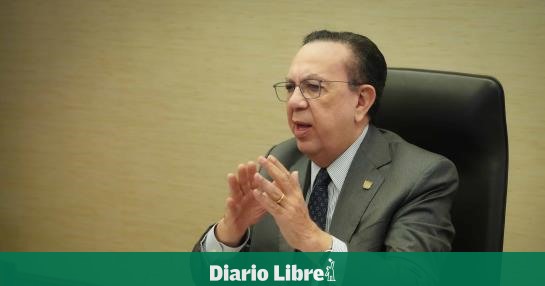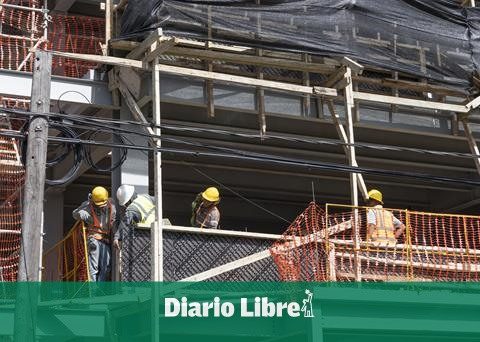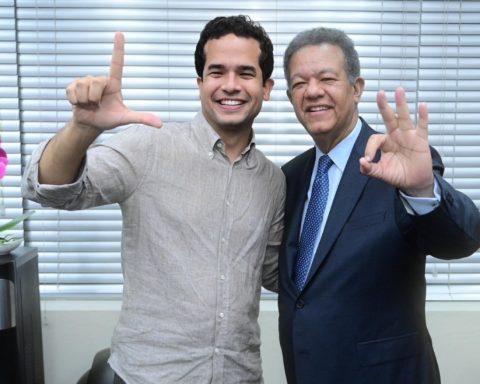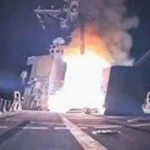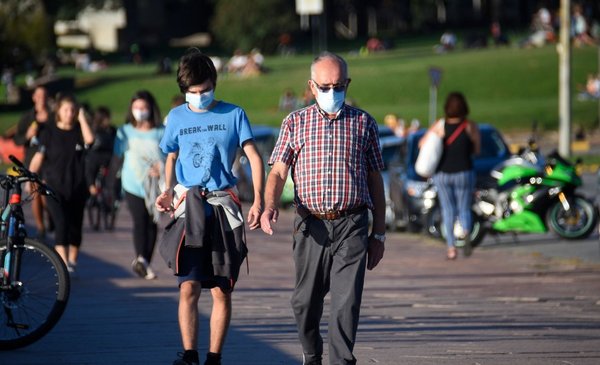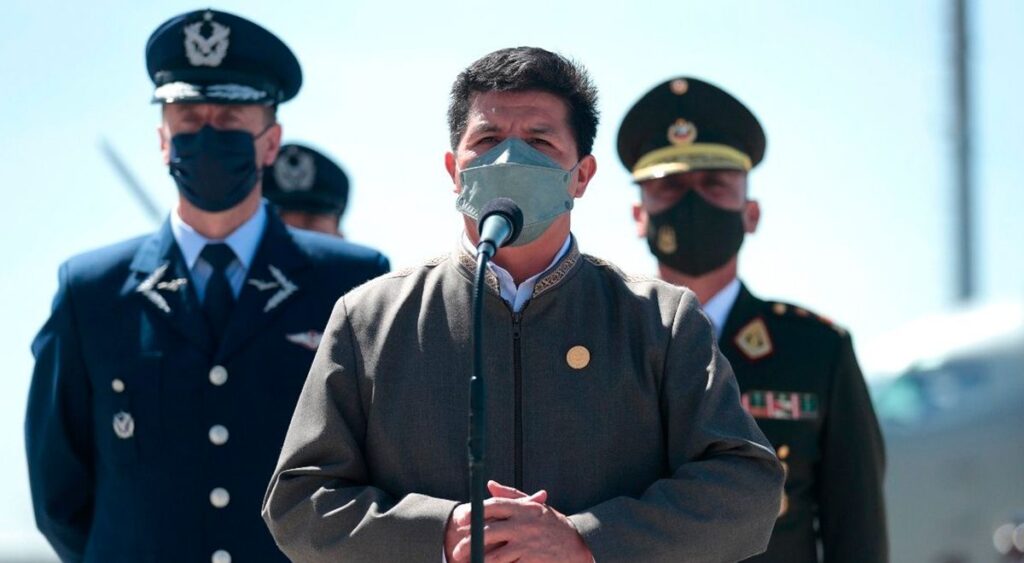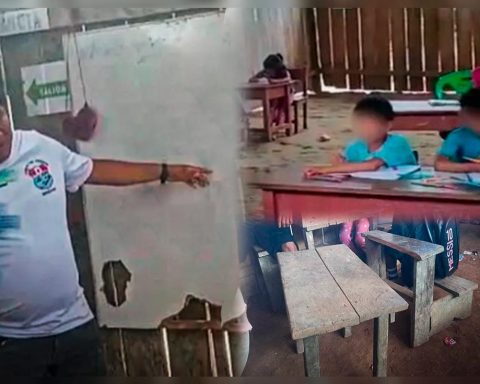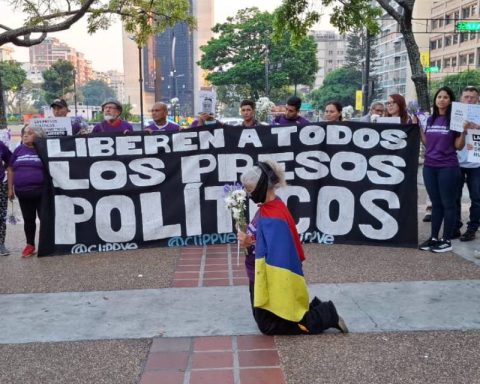The Governor of Central Bank of the Dominican Republic (BCRD), Hector Valdez Albizu, assured that, despite the geopolitical conflicts in the current international environment, the country is in a position of strong macroeconomic fundamentals, with high growth, a recovered labor market and high levels of reserves; elements that should help the resilience capacity of the dominican economy and the adoption of measures to accommodate adverse shocks in the best possible way.
This was stated by the official during his participation in the 294th Ordinary Meeting of the Central American Monetary Council (CMCA), where the perspectives of the countries of Central America and the Dominican Republic were analyzed, the role of expansionary monetary policy in those economies to face the adverse effects of the pandemic on economic growth and employment, as well as the new challenge represented by the current conflict between Russia and Ukraine and its impact on the greater inflationary pressures that the countries are facing, among other aspects.
In the meeting, Valdez Albizu pointed out that for this 2022, the Monetary Program contemplates a growth of the dominican economy around 5.5 -6.0%, close to its potential. However, he pointed out that the negative impact of the military conflict between Russia and Ukraine on global prospects and the extraordinary increase in raw materials could affect growth forecasts for the year 2022.
The meeting began with words of welcome from the president of the Central Bank of Nicaragua and president of the CMCA, Ovidio Reyes Ramírez, and by the executive secretary of the CMCA, Domingo González. Also present were Rodrigo Cubero Brealey, president of the Central Bank of Costa Rica; Douglas Rodríguez Fuentes, president of the Central Reserve Bank of El Salvador; Sergio Francisco Recinos Rivera, president of the Bank of Guatemala; and Carlos Fernando Ávila, deputy manager of Economic Studies of the Central Bank of Honduras.
During the meeting, each central bank spoke about the macroeconomic performance in 2021 and the prospects for this year 2022. In this sense, all the presentations highlighted the positive impact that monetary and fiscal policies had to promote economic recovery in the region. after the slowdown caused by COVID-19, as well as the potential macroeconomic effects and challenges arising from the geopolitical conflict between Russia and Ukraine.
In this sense, the participants agreed that this situation significantly increases global uncertainty and drives a rise in the prices of raw materials, mainly oil and various foods, exacerbating inflationary pressures of external origin in the economies of the region. . Additionally, the current scenario deteriorates the conditions of world trade in goods and services, affecting different magnitudes in each of the members of the CMCA, depending on the characteristics of their productive systems, their degree of commercial openness and their position in the economic cycle. .
Governor Valdez Albizu stressed that the dominican economy recovered faster than expected, reaching a year-on-year growth of 12.3% at the end of 2021, equivalent to an expansion of 4.7% compared to the level of real production before the pandemic, corresponding to the year 2019.
Likewise, he highlighted that this result was supported by the monetary stimulus measures adopted at the beginning of the pandemic by the BCRD to channel financing to households and productive sectors; as well as in the tourism recovery plan implemented by the Government and the reactivation of public investment in the last part of the year.
